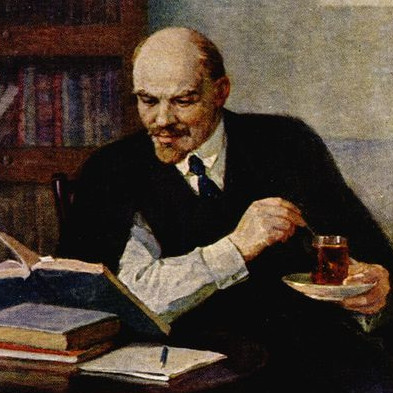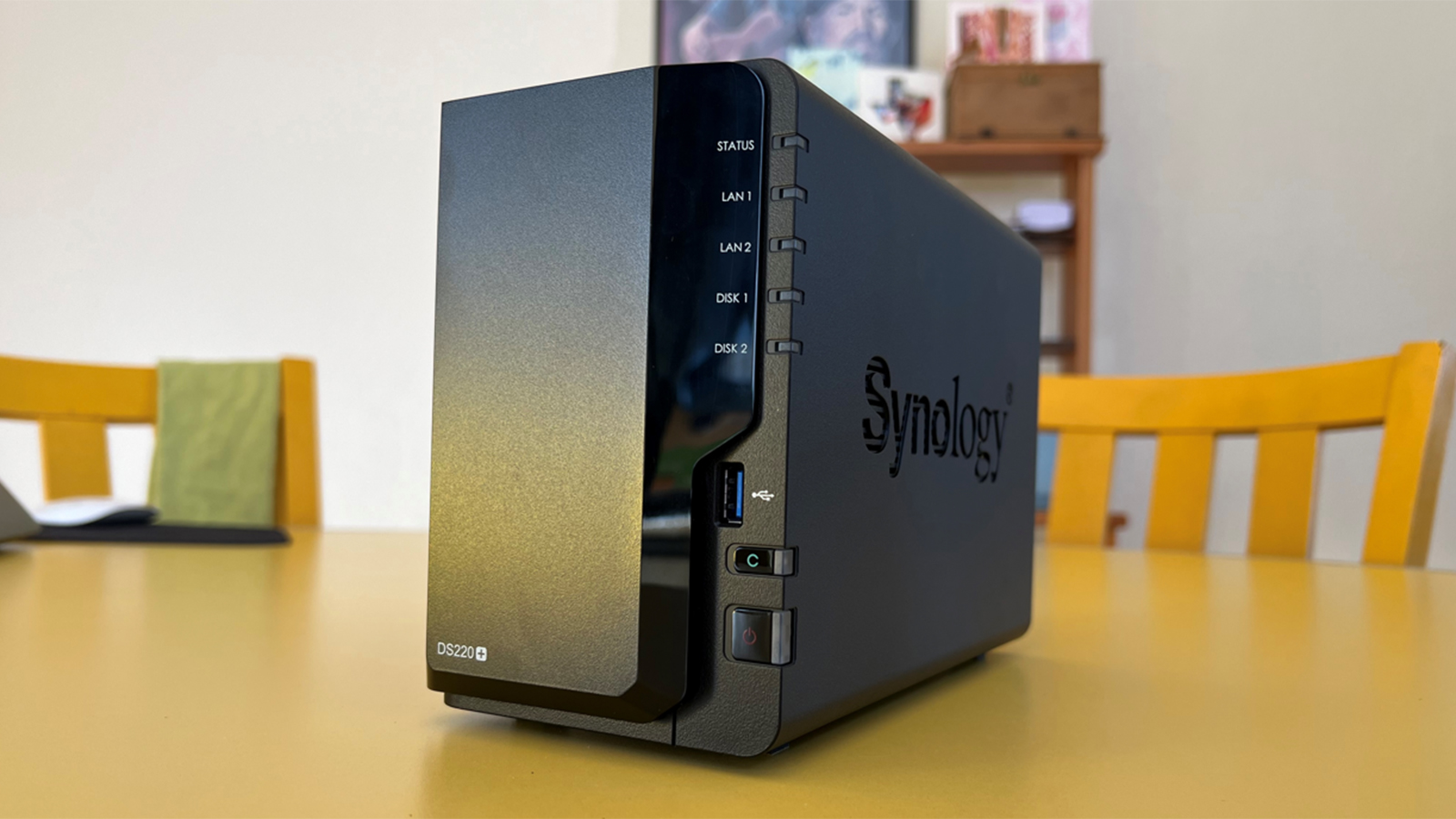

Thanks for your reply! I want to address this:
Tho, if your point here is about how the rise of AI in China is obeying the logic of external capitalist demand, I do agree, but China can’t simply lay back and let the capitalist world, mainly the US, become a powerhouse in a tech that is now being developed and that they don’t yet dominate. Like it or not, AI is the new arms race.
China has a market economy, the market economy still operates on wage labor, there is still capital accumulation happening in China, and China has billionaires, but they have the communist party to manage all those contradictions. Sometimes things slip, and the party makes a correction (housing).
We know that digital services operating in China have to abide by different rules then when operating outside of China. TikTok is a prime example of what I mean. They have very tightly controlled content guidelines to work with, and outside of China it’s entirely different.
Undoubtedly this will be true of Deepseek as well. It will have a dual character, how it presents on the world economy, and how it presents on the national economy.
Geopolitical Economy operates on the same contradictions as national political economy. Capitalist nations externalize their contradictions through free trade mechanisms onto the world market and extend their demands as well.
This is what I mean when I say Chinas economy is not immune to the desires of capitalists. They have to appeal to and meet the demands of global capital. The way they mitigate those contradictions at national level is why they have one of the strongest middle class in the world and how they eliminated extreme poverty, but that doesn’t mean the services they provide on the global market are devoid of the demands and wims of capital.






Happy may day y’all.